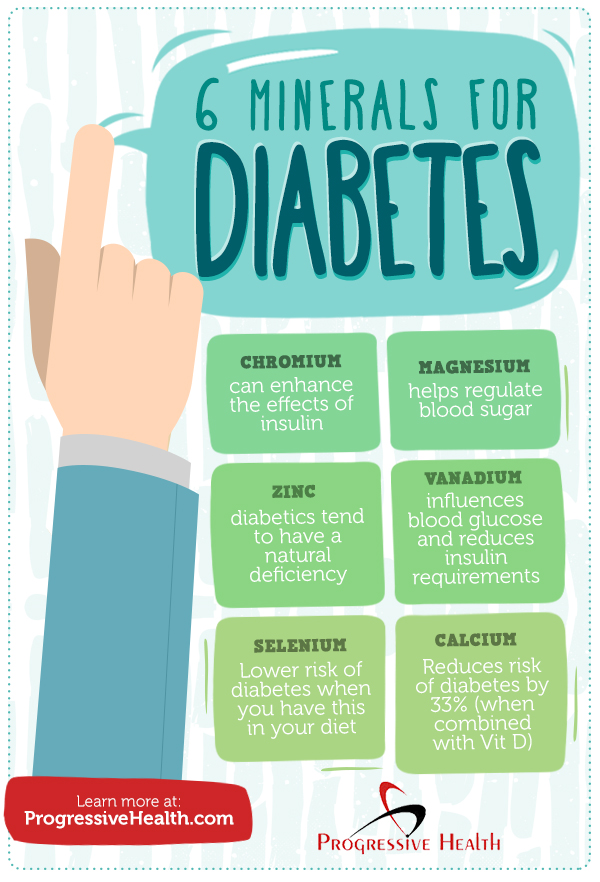

We conclude that, in this population of elderly, diabetic patients undergoing rehabilitation, dietary supplementation with chromium is beneficial in moderating glucose intolerance. A trend towards lowered triglyceride levels was also observed (152 mg/dL vs 136 mg/dL). Total cholesterol was also reduced from 235 mg/dL to 213 mg/dL (p < 0.02). Significant differences in the fasting blood level of glucose compared to the baseline (190 mg/dL vs 150 mg/dL, p < 0.001) were found at the end of the study. Chromium is perhaps the most extensively studied dietary supplement for type 2 diabetes. Throughout the study period, participants received a diet of approximately 1500 kcal/day. Blood samples, dietary intake, and anthropometric data were collected prior to and post-intervention. There’s good evidence that chromium can lower glucose. Along with standard treatment for diabetes, the study group received 200 mug of chromium twice a day for a three-week period. Some studies have shown that chromium supplements may be helpful for people with type 2 diabetes and insulin resistance ( prediabetes ). An additional 39 diabetic patients constituted the control group. Thirty-nine diabetic subjects, average age 73 years (18 males and 21 females), undergoing rehabilitation following stroke or hip fracture, were recruited to participate in this study.

This study investigated the effects of chromium picolinate on elderly diabetic patients within a rehabilitation program. The vitamin C in grape juice may also boost your body’s absorption of chromium.Intervention trials have shown the beneficial effects of chromium supplementation in type 2 diabetes (non-insulin-dependent diabetes mellitus). Grape juice is a great source of chromium. That’s because consuming too much added sugar is linked to type 2 diabetes, heart disease, dental cavities, and obesity ( 15). In any case, make sure to opt for a version comprising 100% grape juice with no added sugars. Objective To investigate the effects of daily chromium picolinate supplementation on serum measures of glucose tolerance and insulin sensitivity in patients at high risk for type 2 diabetes mellitus. You may enjoy grape juice on its own or add it to a fruit smoothie. However, evidence suggests that consuming vitamin C, or ascorbic acid, helps increase its absorption ( 1, 14). What’s more, your body generally absorbs a low proportion of the chromium in your diet. Vitamin C also contributes to immune defense ( 12, 13). Higher chromium doses seem to work better than lower.
Chromium for diabetes free#
This is true of other fruits and vegetables, too ( 1).Ī serving of grape juice also provides 67% of the DV for vitamin C, an antioxidant that helps protect your body from free radical damage. Taking chromium by mouth might improve blood sugar control in some people with type 2 diabetes. Supplements are increasingly becoming recognised as having a place in the management and treatment of diabetes. However, the chromium content in grape juice may vary greatly depending on agricultural and manufacturing processes. Chromium is of interest to people with diabetes as it has been suggested that Chromium Picolinate could be particularly suitable for lowering blood sugar levels. Just 1 cup (240 mL) provides a whopping 7.5 mcg or 21% of the DV ( 1). Studies have also found that chromium deficiency is linked with a higher.

Grape juice is an excellent source of chromium. Additionally, scientists believe that chromium enhances the effects of insulin and may help improve blood sugar levels.


 0 kommentar(er)
0 kommentar(er)
